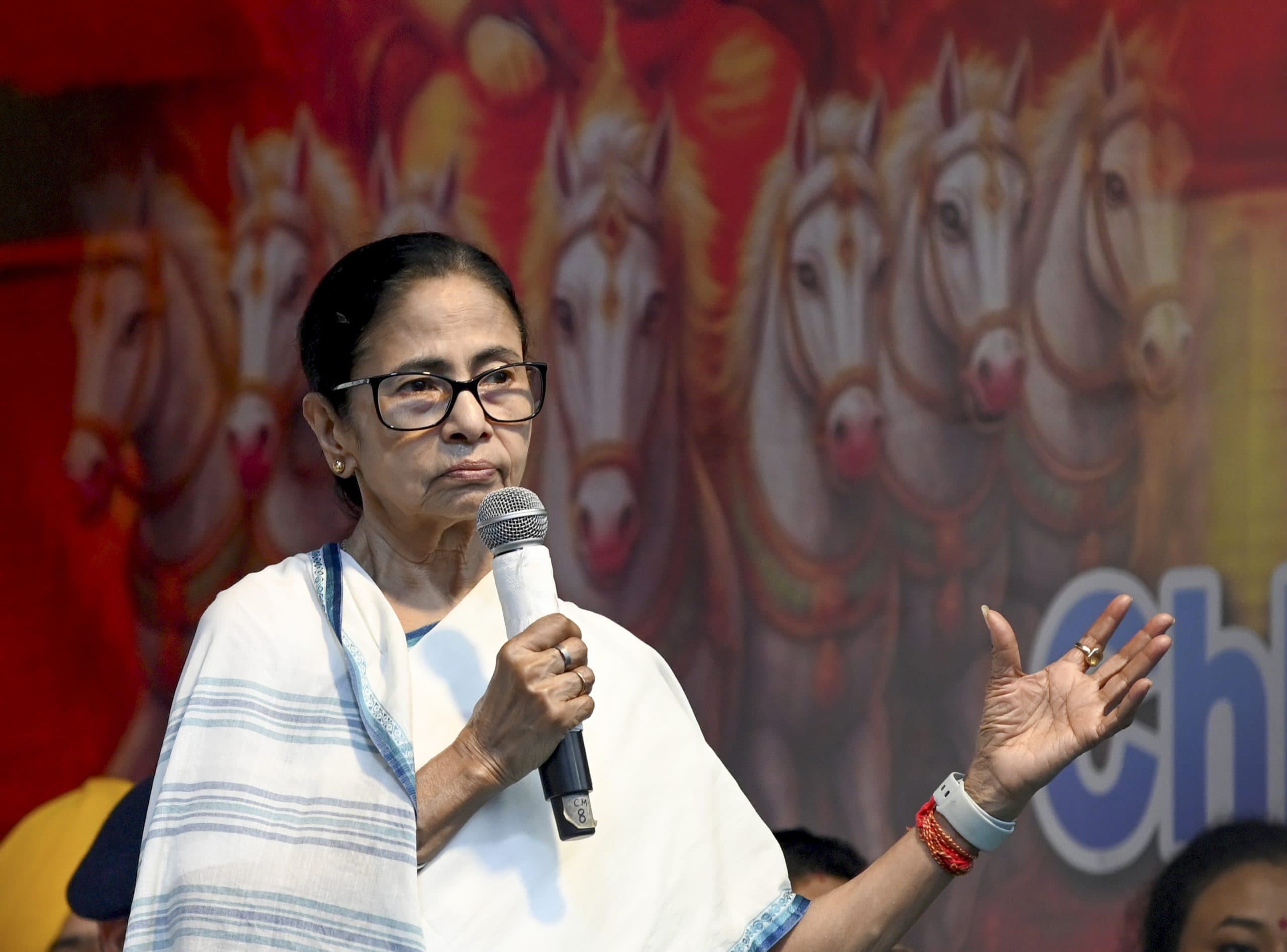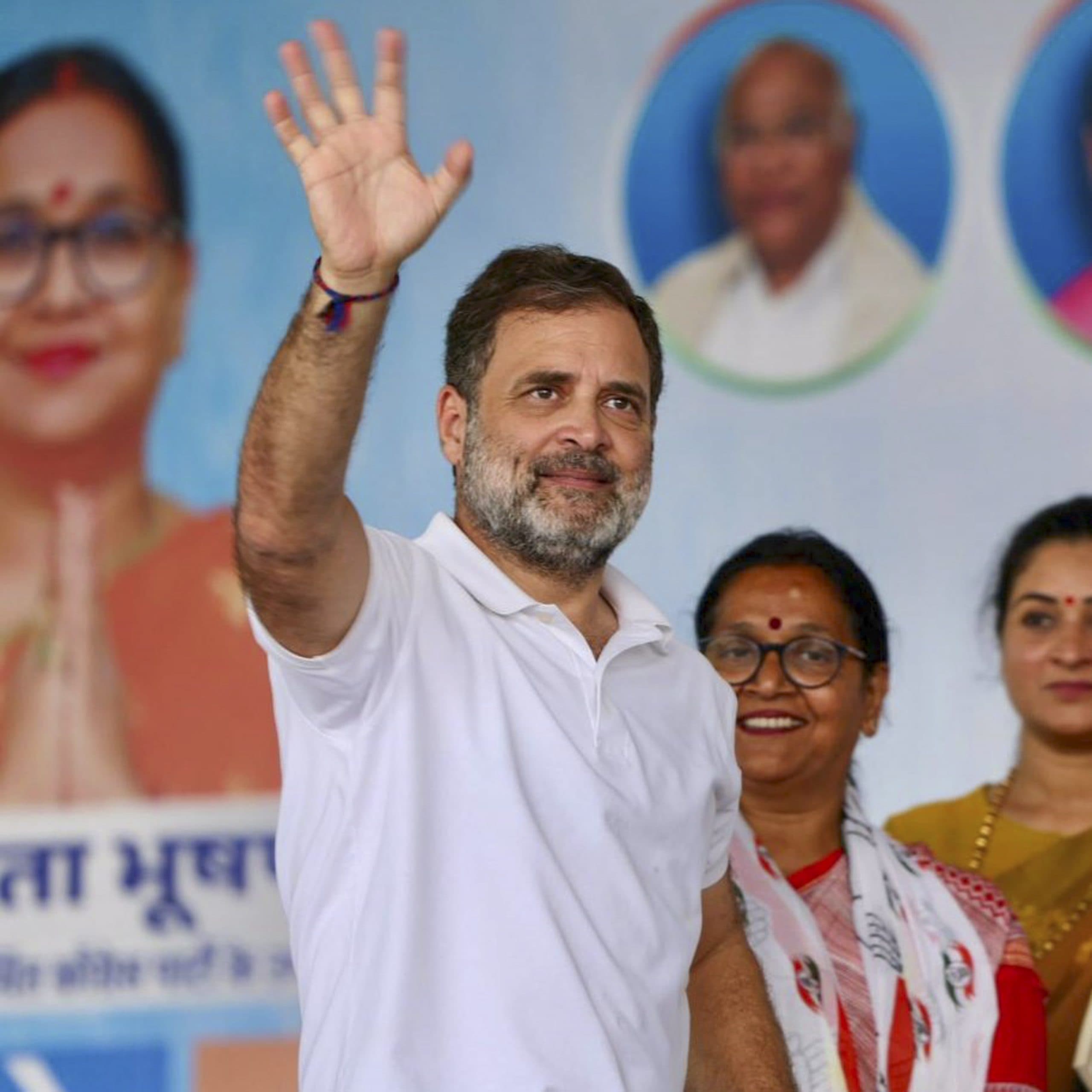On the question of India’s role in the global arbitration landscape evolving in the coming years, the CJI said, “Given India’s common law roots and pro-arbitration rulings, it is safe to say that India has moved from ‘interventionist uncle’ to ‘supportive elder cousin’ in the global arbitration family.” He said the challenge lies not only in expanding the reach but ensuring the quality and integrity of the process wherever it is accessed.
“Arbitration is no longer confined to metropolitan hubs. With advances in technology, it has reached far and beyond. This is similar to what the judiciary is offering in India, virtual hearings starting from the apex court to district courts and quasi-judicial tribunals,” he said.
CJI Gavai said with the right institutional support, judicial encouragement and technological infrastructure, “we are well on our way to ensuring that arbitration in India is not just available in the metros but is also embedded across the country’s commercial heartlands”. He said the growing maturity of the Indian judiciary has moved the conversation from “Will India interfere?” to “Can India lead?” “Add to that the rise of institutions like the Delhi International Arbitration Centre and India International Arbitration Centre, MCIA, International Arbitration and Mediation Centre, vibrant initiatives like the Delhi Arbitration Weekend and the Arbitration Bar of India – makes it clear that India is no longer just borrowing from global best practices but also actively building a community that shapes them,” the CJI said.
He added that the Indian legal community is already a huge part of global players in the field of arbitration — it is only a matter of time before ‘Made in India’ applies to arbitral awards too.
“India is eyeing a seat at the cool kids’ table alongside London, Singapore and Hong Kong. And this time, it’s not just asking for a seat — it’s bringing its own chair. It’s laying down the tablecloth, setting the agenda and slowly but surely starting to write the rules of the game,” CJI Gavai said.
On the questions of the measures that are necessary to enhance the credibility and utilisation of domestic arbitration institutions in India, the CJI said if PSUs and government bodies begin favouring institutional arbitration in their contracts, it will send a strong signal and create large-scale behavioural change.
“The debate between ad hoc and institutional arbitration in India isn’t quite over – it has just evolved. For many parties, ad hoc arbitration still feels like a ‘known devil’: familiar, flexible and, when done right, efficient. Institutional arbitration, on the other hand, is still earning its stripes,” he said, adding that Indian institutions are actively rising to the challenge.
On the question related to the sheer volume of arbitration-related litigation in Indian courts and the balance between judicial efficiency and meaningful oversight in complex cases, the CJI said, “Efficiency doesn’t mean haste and oversight doesn’t mean overreach. It is about ensuring justice is served without undermining the autonomy that arbitration was designed to protect.” He added, “The key lies in calibrated intervention. Courts often serve as both guardian and gatekeeper.” Elaborating on his point, CJI Gavai said, “Recent trend of judgments would show that courts have resisted the temptation to re-adjudicate while remaining vigilant against procedural unfairness or violations of the fundamental policy of India. The volume of arbitration-related litigation reflects not only the complexity of the cases but also the trust in the judiciary to step in when necessary. We are consciously moving in the direction of the promotion of judicial restraint while reaffirming the importance of oversight in exceptional cases.” The CJI said the judicial trend would show that courts have been granting interim relief only where truly urgent or irreparable harm is involved, otherwise deferring to the tribunal’s jurisdiction wherever possible. PTI MNL MNL KSS KSS




